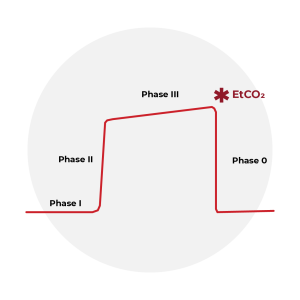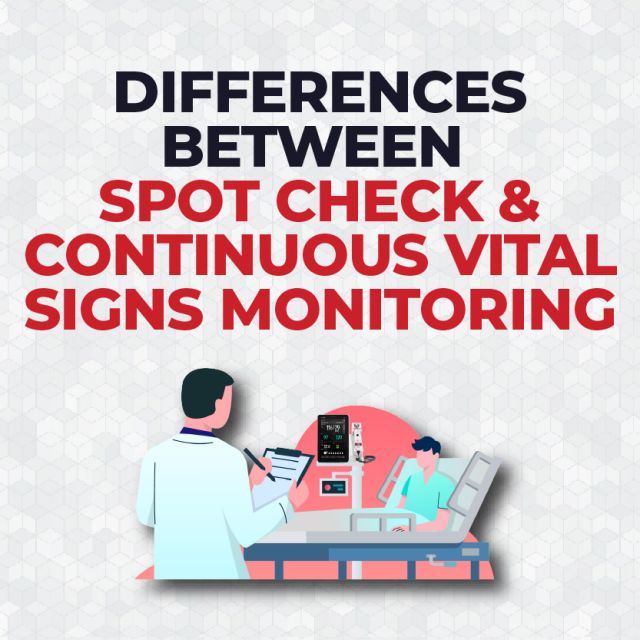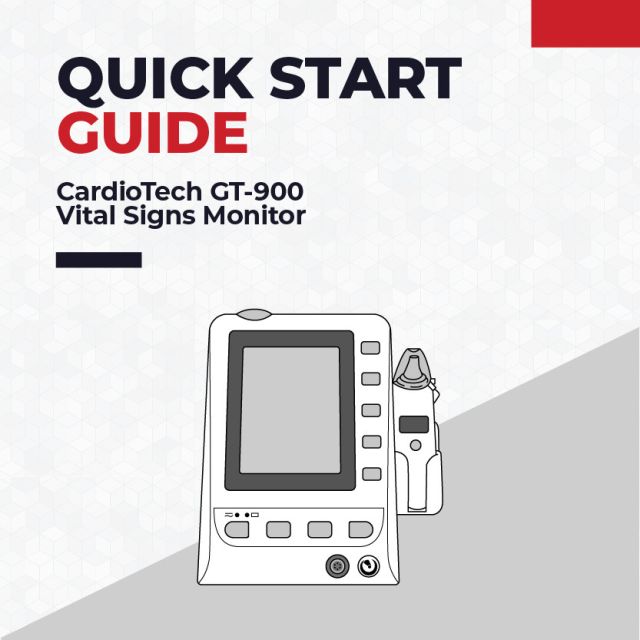What is Capnography?

What is Capnography?
Capnography is the monitoring of CO2 concentration in exhaled air, which can give healthcare providers information to assess patients’ ventilation in anesthesia, ambulatory settings, emergency environments, and critical care.
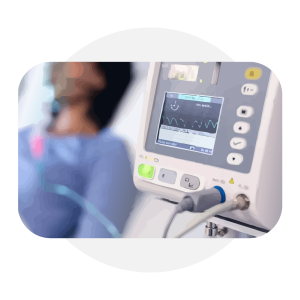
What does Capnography Measure?
Capnography measures ventilation, which represents the movement of air in and out of a person’s lungs. Ventilation is measured as end-tidal CO2 (ETCO2), or the CO2 level at the end of an exhalation.
ETCO2 is measured in mmHg,which is a unit of pressure. The normal range for ETCO2 is 35 to 45 mmHg.
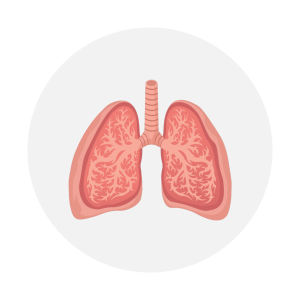
Mainstream vs. Sidestream Capnography
Sidestream
Sidestream capnography measuring exhaled carbon dioxide in a way where a sample of the patient’s exhaled gas is continuously drawn through a thin sampling tube to a sensor located inside the monitor.

Mainstream
Mainstream capnography is a method of measuring exhaled carbon dioxide where the sensor is placed directly in the patient’s airway between the endotracheal tub and the breathing circuit.
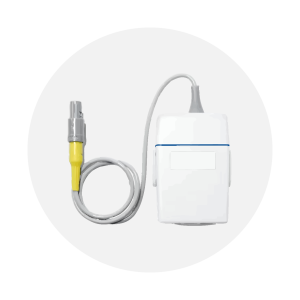
Capnography Waveform (Capnograph)
Capnograph interpretation is critical for assessing patient status and identifying complications with ventilation. To interpret a normal capnogram, refer to our diagram.
- Phase I (Inspiratory Baseline): CO2 levels are 0, or close to 0.
- Phase II (Expiratory Upstroke): The transition from inhalation to exhalation, causing rapid increase in CO2 levels.
- Phase III (Alveolar Plateau): represents constant pressure between 35-45 mmHg, forming a plateau.
- Phase IV (Inspiratory Downstroke): Marks the beginning of inhalation, leading to a rapid decline in CO2 levels.
